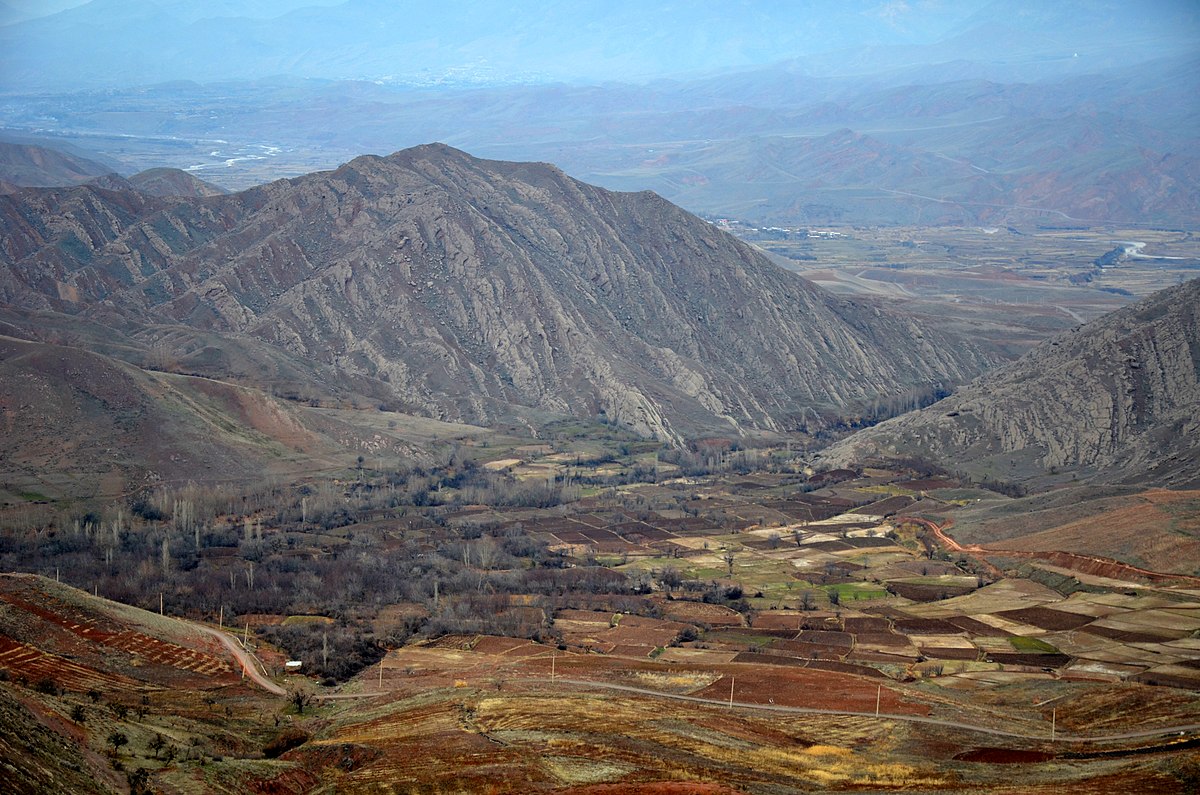Intermediate disturbance can have a positive effect on the provision of human needs and, at the same time, can help maintain the landscape’s ecological functionality
New LET paper on modeling ecological scarcity in Iran’s dry agricultural landscapes, considering long-term interaction between human and nature.
The results of this research show that intermediate disturbance can have a positive effect on the provision of human needs and, at the same time, can help maintain the landscape’s ecological functionality. A model was applied to evaluate how ecological scarcity in NW Iran can be affected by anthropogenic disturbance and landscape complexity. Land use and cover change is a pervasive driver of today’s global socioecological crisis. Put-aside dry agricultural landscapes have significant limitations when attempting to guarantee long-term food production and other ecosystem services in ecological scarcity conditions under climate change scenarios. Land use policies should consider the landscape as a whole and should avoid applying a string of ad hoc decisions to minor pieces of the territory. Our findings support the hypothesis that a strong relationship between intermediate disturbance and landscape complexity exists, which highlights the importance of traditional economic activities as ways of maintaining biocultural landscapes.

Consult the paper.

